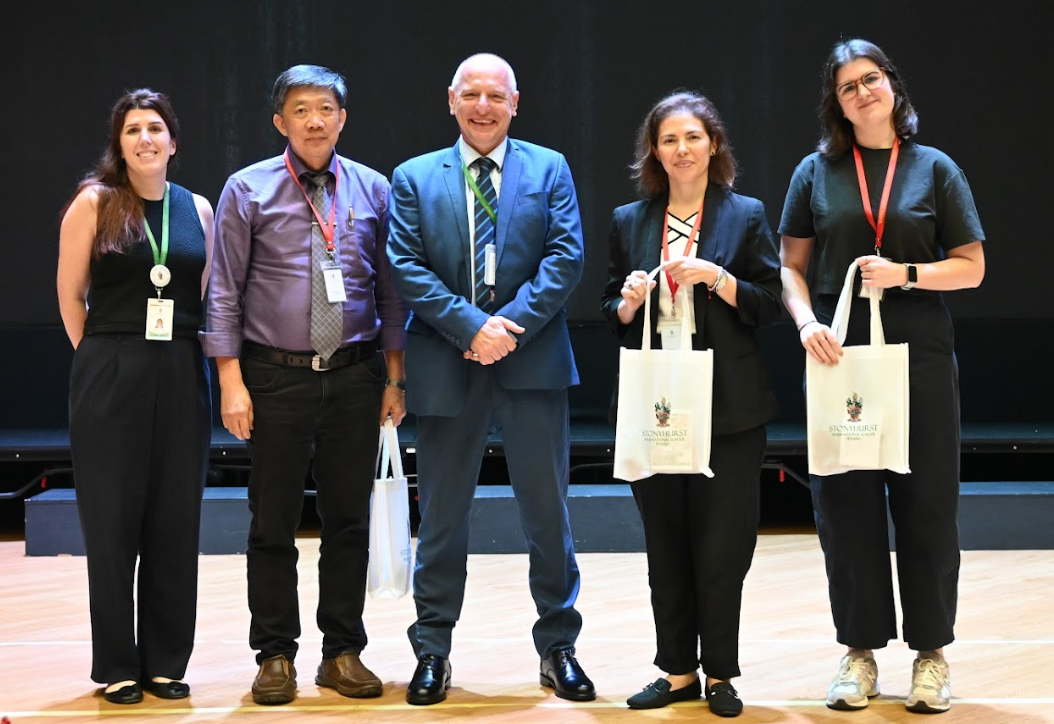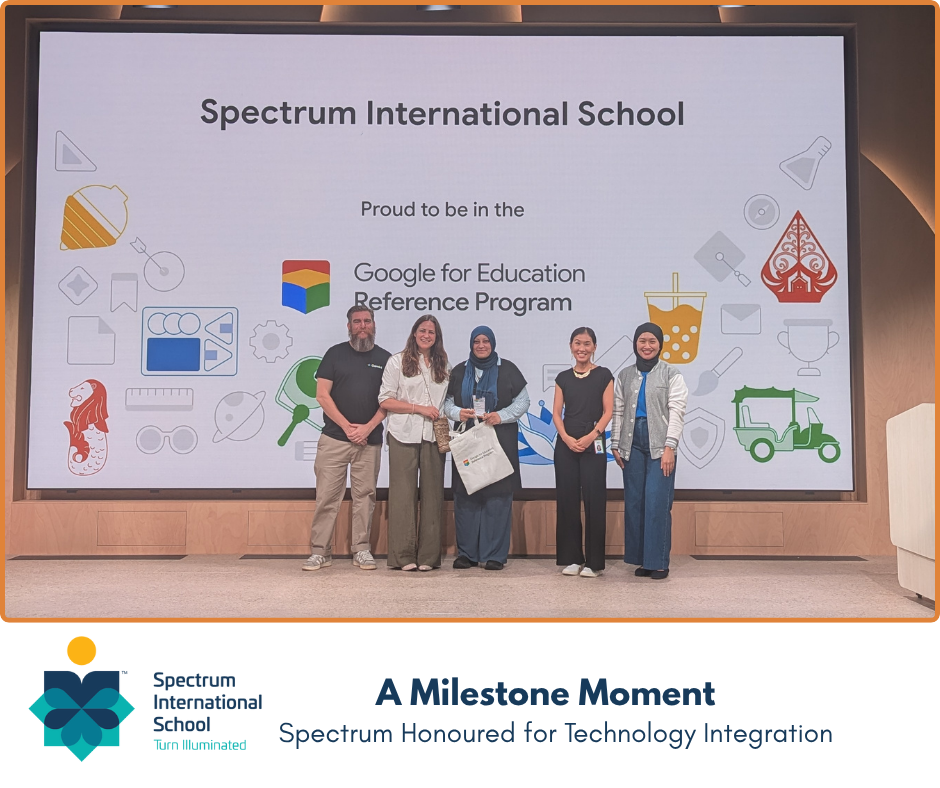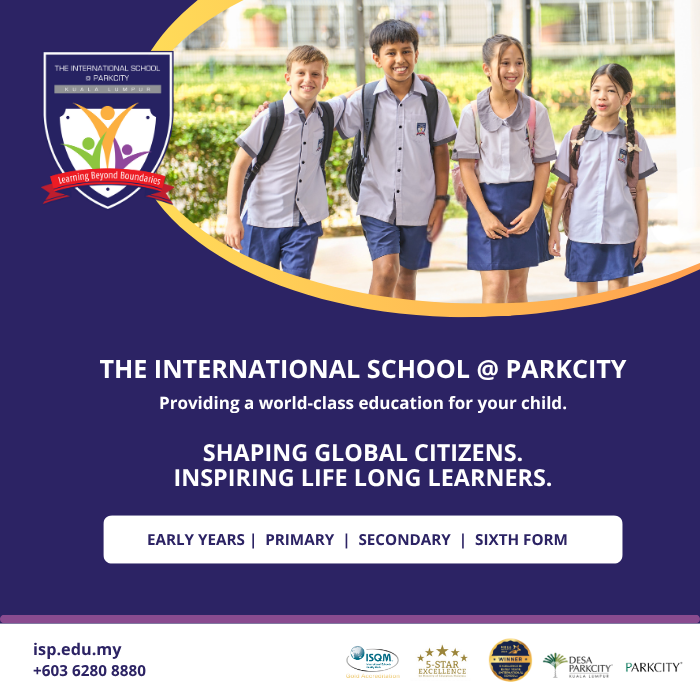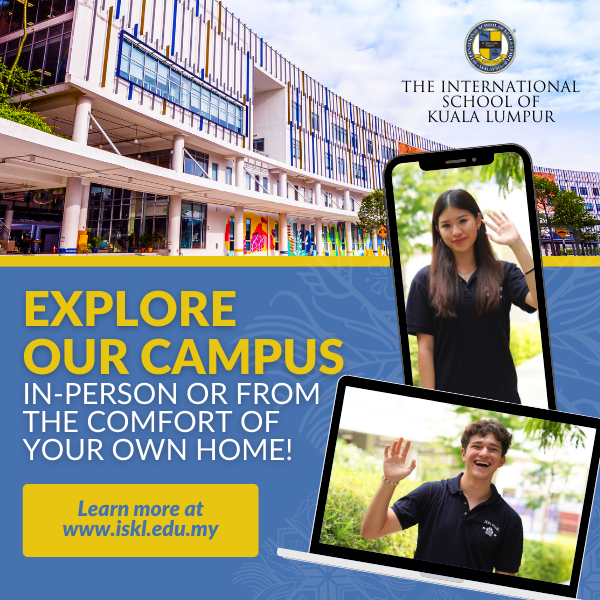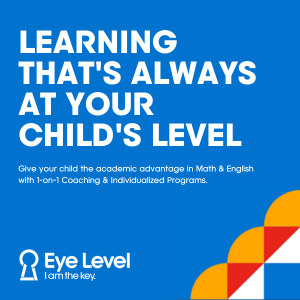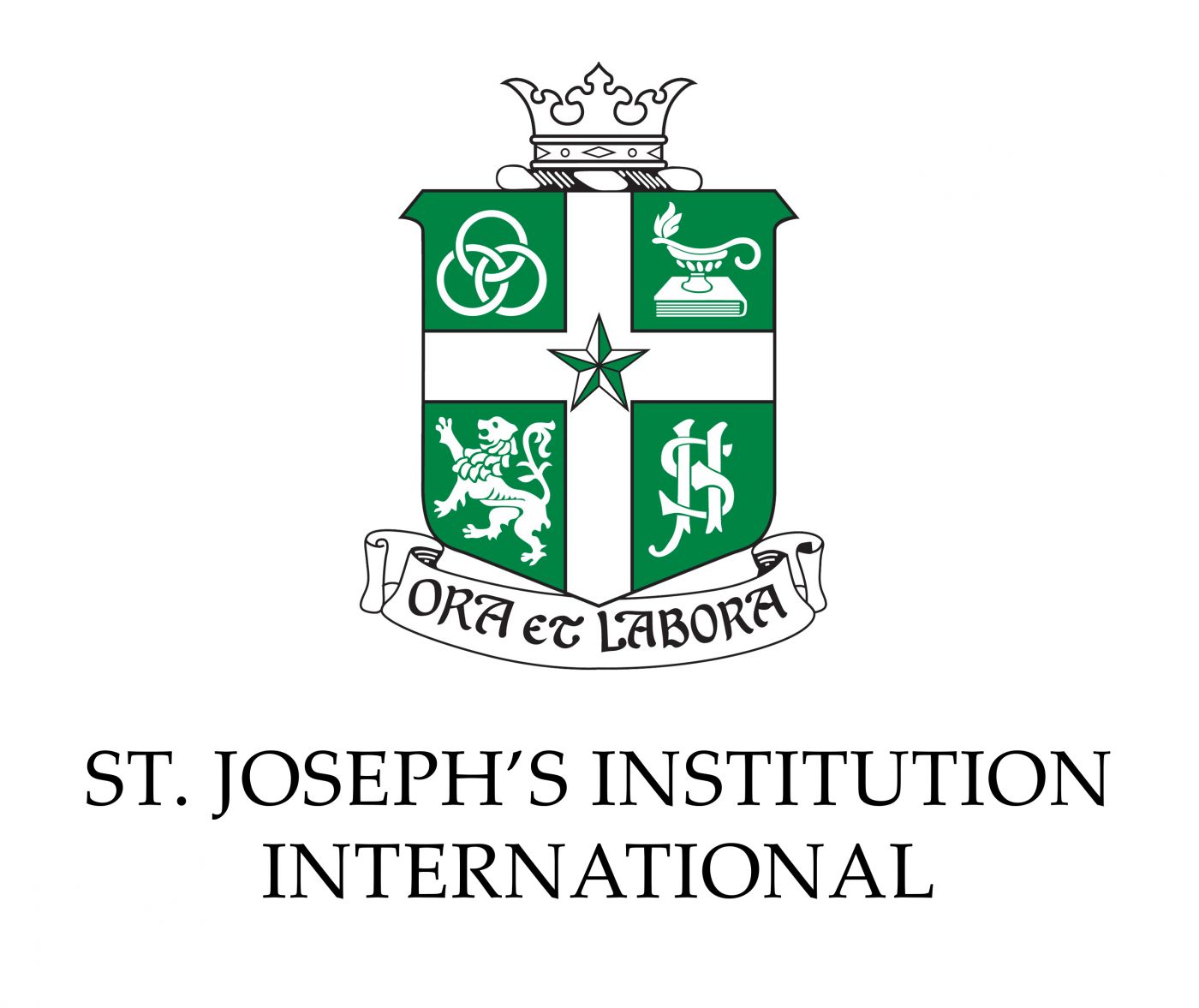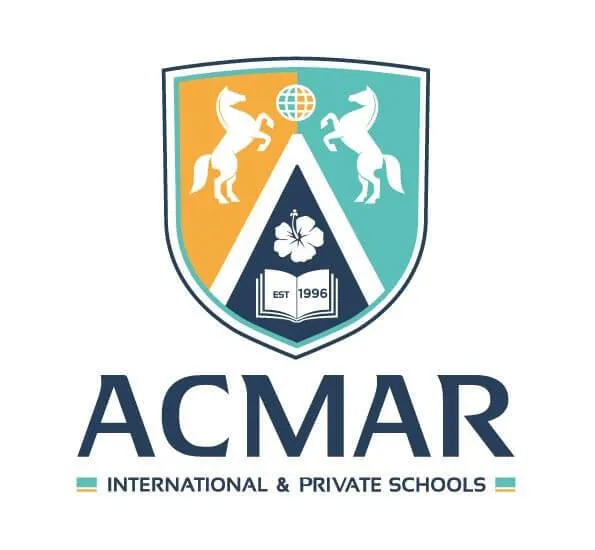There are several types of early years education offered at international schools, nursery schools, preschools and kindergartens which aim to promote school readiness in children.
In an early years education, children learn through methods they find engaging, which promotes positive associations with learning. Children also form positive relationships with one another and with teachers. They are also equipped with a broad array of cognitive, social, and verbal skills in preparation for entry into formal primary school education.
There are many types of early years curricula available today. Here are some popular types.

Credit Image: iStock
1. Montessori
The Montessori programme is focused on self-directed activities, hands-on learning and collaborative play with the classroom and teachers offering age-appropriate activities to guide the process. Dr Maria Montessori’s innovative approach developed in the early 1900s is grounded in the belief that “children learn better when they’re choosing what to learn”. This provides the basis for the Montessori teaching offered in classrooms today.
Here are some key features of a Montessori curriculum:
• Encourages and fosters independence and individualism
• Emphasizes concrete rather than abstract learning in the belief that children need to experience concepts through concrete “hands-on” methods
• Offers a prescribed range of activities for children to choose from and to decide for themselves what actions to take
• Provides periods of uninterrupted study time for children to work through their tasks at their own pace
• It offers a child-centred environment

Credit Image: iStock
2. Reggio Emilia
The Reggio Emilia approach was developed to provide a unique path to early childhood education which may be implemented in both school and home settings. The following are the principles fundamental to this approach:
• Children can construct their own learning
• Children learn their place in the world through interaction
• A child’s environment also includes their teacher
• The adult is the guide
• Opportunities are provided for documenting a child’s thoughts
• Children are able to learn many languages
Both the Reggio Emilia approach and the Montessori programme draw attention to the importance of cultivating a child’s willingness to learn and providing room for self-direction. However, the Reggio Emilia approach has more leeway in terms of the choice of materials for experimentation, unlike the Montessori Programme, which utilizes specific materials for the children to use.

Credit Image: iStock
3. A Play-based Curriculum
This type of curriculum is based on the philosophy that children learn best by doing what comes most naturally to them – playing. Children who attend preschools that follow this idea are given the freedom to pursue their own interests and are encouraged to learn in their own way. This play-based, child-centred approach to learning encourages independence, creativity, and self-assurance by allowing children to explore educational activities that appeal to them.

Credit Image: iStock
4. A Thematic Curriculum
A thematic curriculum is an integrated approach that views teaching and learning as parts of a highly interconnected process that is difficult to separate into traditional academic specialities. The international Preschools Curriculum is one example of a thematic curriculum.
Here are some features of a thematic curriculum:
• Children participate in a variety of integrated learning activities related to a theme
• Children are taught through active interaction with their surroundings and social connections – which helps them to learn more effectively
• A theme is often introduced by asking children questions to pique their interest and curiosity
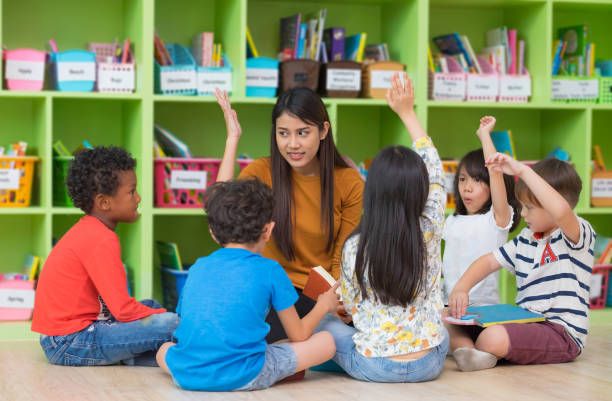
Credit Image: iStock
5. Language Immersion
Language immersion preschools allow your child to learn a language or an additional one in an intensive way. The main difference between these preschools and other preschools is that all subjects are taught entirely in a foreign language. This is very different from the standard pedagogical approaches to preschool education. In this approach, the teacher immerses the students in a foreign language without providing any translations.
The teachers at some preschools use two languages, typically English and a second language. This is known as a multilingual approach. English, Bahasa Malaysia, and Mandarin are the most frequently taught languages in language immersion preschools in Malaysia.

Credit Image: iStock
6. An Academic Focused Curriculum
Academic-focused programmes are teacher-led and concentrate on helping children acquire particular abilities and information. The purpose of these programmes is to get children ready for the academic challenges they will face as they move on to higher levels of schooling at the primary level. If you intend to enrol your child in a primary school with high academic demands, this kind of programme may well be a good fit for them.

Credit Image: iStock
7. Waldorf
The goal of the Waldorf philosophy and teaching strategies is to develop each child’s capacity to contribute to shaping humankind. A Waldorf education aims to develop well-rounded individuals who can think critically, solve problems independently, and come up with creative solutions.
Here are some key features of a Waldorf education:
• Focuses on each child’s needs
• Offers a warm, nurturing and home-like learning environment
• Encourages children to think creatively and imaginatively
• Incorporates an appreciation for nature and the world around
• Focuses on developing the whole child by emphasizing creativity and character education rather than the exclusive development of academic skills

Credit Image: iStock
8. A Religious Curriculum
Religious preschools provide educational philosophies and curriculum materials identical to those offered by other preschools. The only difference is that these schools also offer religious content These preschools may be helpful if you want to incorporate the core principles and ideals of your religion in your child’s education.
To ensure that the teaching philosophies fulfil your expectations for your child’s education, it is crucial that you make enquiries about the pedagogical methods and practices of schools that you are interested in
Readiness
Many specialists in child development believe that children who partake in great early childhood education programmes are likely to be more successful in school and their adult professions.
However, before you rush out to register your child for preschool, it’s vital to understand that not all children are at the same level of readiness for various preschool programmes. The readiness of the child plays a crucial part in determining his success in the preschool programme he has chosen to pursue. If a child is not ready for preschool, the experience may be challenging for him, and any advantages may be offset by the fear and distress that he experiences.
This article at a glance:
There are many types of curricula offered by preschools and kindergartens today such as:
• Montessori
• Reggio Emilia
• A Play-based Curriculum
• A Thematic Curriculum
• Language Immersion
• An Academic Focused Curriculum
• Waldorf
• A Religious Curriculum
In summary, there are many types of preschool curricula available. While there are broad similarities between some of them, there are also others which offer distinctive and unique approaches. Please scrutinise them carefully before identifying the programme that best suits the needs and interests of your child.













![[elc International School] NO SHORTCUTS: WHY THINKING STILL MATTERS](https://mint-edm.sgp1.digitaloceanspaces.com/production/XTvbqZxxQQxUHjyDcClxCortA5SxNs.png)


